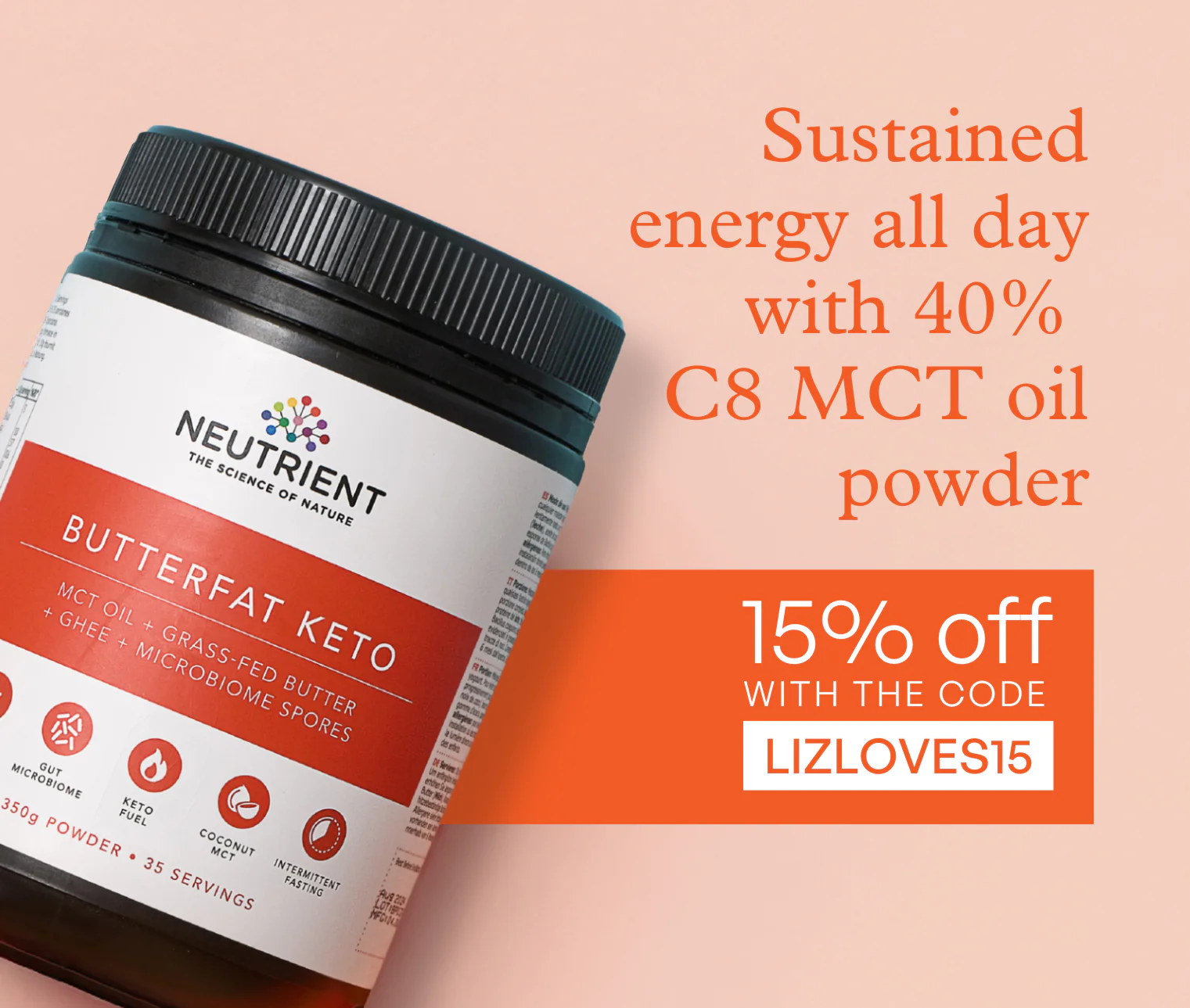Health
Oxalates – what you need to know
What are oxalates? And do we need to worry about them?
There’s been a bit of chat on social media lately about oxalates and the impact that they can have on our health. From preventing mineral absorption to causing kidney stones, oxalates have come under a lot of scrutiny.
But what’s the truth? Here, we take a dive into what the science says about oxalates and the impact they may have on our wellbeing.
What are oxalates?
Found in a number of vegetables, fruits and nuts, oxalic acid is an organic compound. It’s usually bound to minerals, forming oxalate.
In the body, oxalates can bind with other minerals to form compounds – such as iron oxalate or calcium oxalate.
What do oxalates do?
When oxalates bind with other minerals, such as calcium or iron, it prevents these minerals being absorbed by the body. This can be helpful as oxalates work to mop up excess minerals that our bodies don’t need.
On the other hand, foods that are high in oxalates could prevent our body absorbing sufficient amounts of minerals from our food in the first place. Spinach, in particular, is considered a high oxalate food. While this leafy green contains a good amount of calcium, its high oxalate content binds to calcium in the gut before our body can absorb any of the goodness.
Oxalates have been linked to kidney stones – but only in those who are susceptible. Sometimes oxalates bind to form crystals, which can go on to form kidney stones. If kidney stones are something you struggle with, it’s worth chatting with your GP about how high oxalate foods might impact your health.
Which foods are high in oxalates?
Oxalate can be found in relatively small amounts in a number of plants. There’s generally a higher concentration in plants than in meat. High oxalate foods are typically considered as those that contain 10mg or more oxalate per serving. These include:
- Spinach
- Beetroot
- Rhubarb
- Berries
- Sweet potato
- Coriander
- Sesame seeds
- Kale
- Swiss chard
The distribution of oxalates isn’t even over the whole plant. Typically, levels will be higher in the leaves. Spinach, for example, has the highest amount of oxalates in its leaves, whereas you’ll find the lowest amounts in the stems.
If you’re not susceptible to kidney stones, there’s no need to completely avoid these high oxalate foods. Just be mindful of how much you’re eating.
Something else to bear in mind is vitamin C supplementation. Our body metabolises vitamin C to oxalate. While researchers are still unsure if vitamin C causes kidney stones in those susceptible, research shows that supplementing with vitamin C increases the amount of oxalate excreted in our urine. If you’re susceptible to kidney stones, please do chat with your doctor before starting any supplementation.
What can I do?
Cooking foods that are high in oxalates can help, as much of the oxalates leech out during the cooking process.
Looking after our gut health can also have an impact. Oxalate compounds form in the gut, but some gut bacteria can actually break down oxalate before it has a chance to bind to any minerals.
Oxalobacter formigenes is one such helpful species of bacteria. It’s thought to be in around 46-77% of the population and breaks down oxalate in the intestinal tract to use for energy. Interestingly, a study in 2008 concluded that O. formigenes could reduce the risk of recurrent kidney stones by up to 70%.
Adding another calcium source to your meals may help to provide some balance too. For instance, research shows that calcium absorption is not interrupted from milk when it’s consumed with spinach. Including your spinach in with a creamy lasagne could be the perfect compromise.





